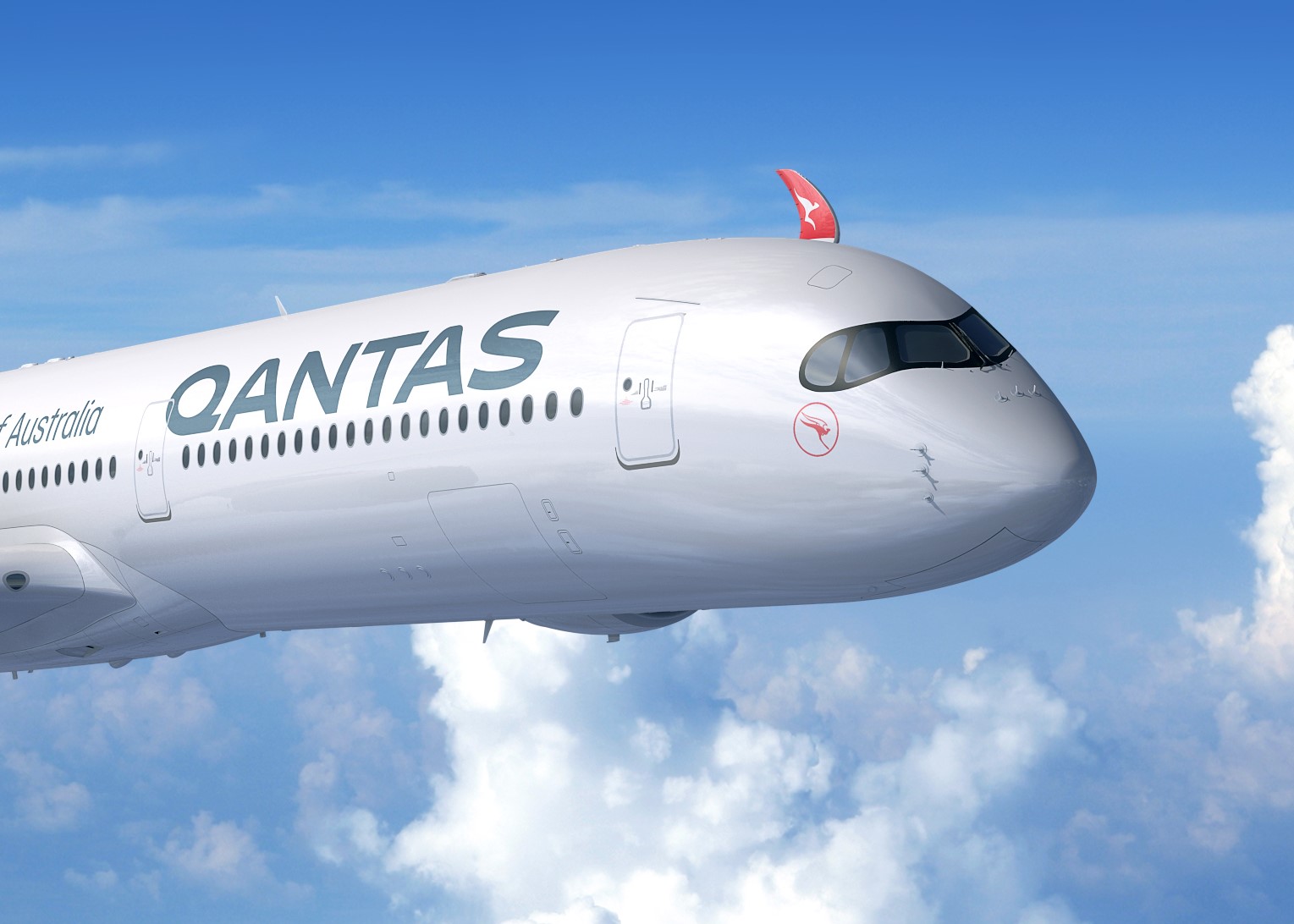Qantas long-haul pilots put lengthy proposal to company
25 February, 2020
4 min read
By joining our newsletter, you agree to our Privacy Policy


The Qantas pilots’ union has put a “consolidated offer” to the airline that accepts an annual pay rise of 3 percent and includes Project Sunrise flying as part of a long-haul agreement.
The offer comes after Qantas warned it could employ outside pilots for its ambitious plans to fly from Australia’s east coast to London and New York using A350s if the existing workforce did not agree to productivity gains sought by the airline.
Qantas Group chief executive Alan Joyce revealed last week the airline had already received an offer from an Australian China Southern pilot who said he could organize hundreds of expatriate pilots to operate the flights.
READ: Qantas Sunrise threat prompts overseas pilot interest.
The airline says it will only revert to its alternate plan if it can’t get a deal with its existing pilots and that it is continuing to negotiate in good faith.
But it is gearing up to present its case directly to the rank and file if negotiations with the union fail ahead of a deadline at the end of March.
The deal proposed by the Australian and International Pilots Association includes the introduction of single-fleet flying on A330/A350s based on Boeing 747 hourly rates with reduced overtime and night credits.
It also includes changes to flight duty time limitations to permit Airbus A350 Sunrise flying and says new hire second officers should get fleet pay.
There is also a list of other changes in the four-year deal relating to issues such as travel allowances, travel benefits, training and rostering.
“Talks with Qantas management have been particularly difficult and complex,’’ AIPA's long-haul enterprise agreement team said in a note to pilots.
“The Company has focused on its targets around Project Sunrise. Our focus has been on the wide range of issues that need to be addressed on behalf of pilots, of which Sunrise is just one component.
“We’ve worked extremely hard to construct a package that best protects our working conditions, provides reasonable pay increases for the future and maintains unity within our ranks.
“Mindful of the significance of Project Sunrise to the long-term sustainability of the Qantas brand and its people, AIPA has done more than its fair share of heavy lifting to ensure the ongoing strength of the Group.”
Qantas declined to comment on the offer but AIPA president Mark Sedgwick urged the company to consider it carefully and said he was hoping for response this week.
He said the package secured the flying for the existing pilot group while doing a lot of the heavy lifting for Sunrise.
"It's very sensible, pragmatic and it's well inside the 3 percent wages framework and even offers a 3 percent pay freeze if the aircraft arrive,'' he said, adding that he believed many of the proposals would be well received by the pilot group.
"We don't think all pilots will be happy with it but we think the majority will find it acceptable, so we've put it to the company."
Sedgwick said AIPA had also moved on the issue of second officer new hires, noting the potential pay freeze would see the entire pilot group share some of the Sunrise requirements rtaher than just new hires.
He said the fleet pay proposal would align pay scales across the second officer ranks rather than putting new hires on reduced rates.
Another sticking point is a proposed fatigue risk management scheme (FRMS) which Sedgwick described as still being in trial mode and immature.
"What we're after is some protocols and provisions around that in the absence of a mature FRMS,'' he said. "Maybe in 2023, it will be mature .. but we have to look at what we have now."
He said AIPA had to be sure before an agreement "that we have something which we think has the right protocols and provisions to allow that flying".
The AIPA president said the association's proposals had been informed by survey data from its members but it had balanced this with the company's Project Sunrise business plan.
Asked about the threat to bring in external pilots, he said negotiators were focussed on constructive issues rather the company's threats.
"That sort of rehtoric, I think, in the longer term is more likely to cause harm to the airline than to benefit it,'' he said. "And I think they need to engage with their current pilot workforce to get a deal across the line.
"And that's what we're still doing this week."
Next Article
3 min read
Virgin gets nod for Tiger deal

Get the latest news and updates straight to your inbox
No spam, no hassle, no fuss, just airline news direct to you.
By joining our newsletter, you agree to our Privacy Policy
Find us on social media
Comments
No comments yet, be the first to write one.
